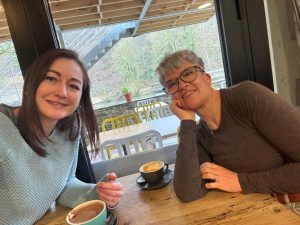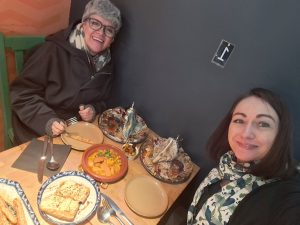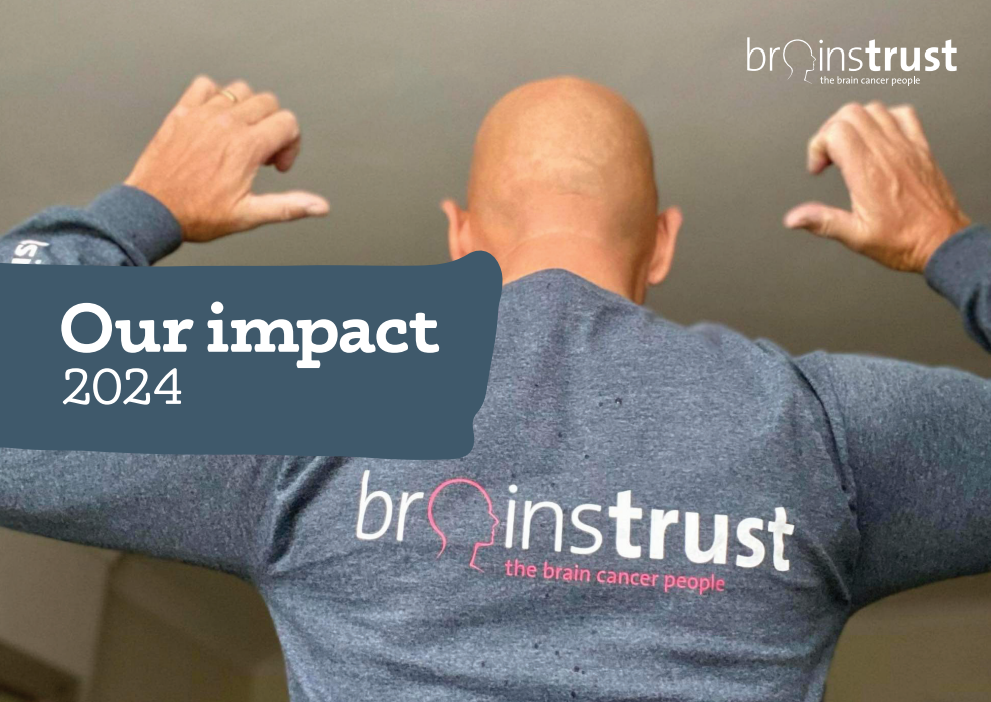
In 2022, Madi and Naomi got in touch with brainstrust wanting to start coaching sessions with a brainstrust Support Specialist. Naomi was recovering from stereotactic radiosurgery for an Acoustic Neuroma and Madi was waiting for further surgery for a Meningioma. Jodie, brainstrust Head of Support, who was coaching them both separately, saw some similarities in their situations and that thought they might be able to help each other.
Madi and Naomi were encouraged to contact each other and what was initially a meeting of strangers has become a hugely beneficial meeting of minds. We spoke to Madi and Naomi about their experience of being connected through our peer support programme and the impact their now friendship has had on them:
What were you hoping to gain from speaking to someone who was going through a similar experience to yourself?
Naomi: When I reached out to brainstrust I was feeling very isolated. Even with a wonderful support network of family, friends and colleagues I knew it would be different talking to someone who understands first-hand what it’s like living with a brain tumour and the effects of treatment. I hoped that connecting with someone who was in a similar situation would help me to feel less alone with those thoughts and feelings, and more able to process the changes I was experiencing in my life.
Madi: When I first contacted brainstrust I was scared. I knew I needed some kind of support to help me through some incredibly difficult decision making. brainstrust (& Jodie in particular) have been transformative, there are no words that can really capture my full gratitude).
I hoped that talking to someone who was in a similar situation would help me to feel less scared and isolated and help me in coming to accept whichever decision would be right for me.

How did you feel after your first conversation together?
Naomi: When I met Madi online I felt an immediate connection. There was a comfort and ease I hadn’t anticipated – Jodie clearly knew us well to have paired us together! It was reassuring talking to Madi, knowing that she understood what the physical and emotional impact felt like. I opened up without the fear of burdening her, something I worried about when sharing with my loved ones as they were also impacted by my health.
Madi: Incredible! Understood, enlivened, unburdened without fearing too much that I had ‘dumped’ too much on Naomi. There was an instant connection that made me feel really quickly at ease.
Naomi ‘got’ everything I was talking about, and I could understand all she was experiencing too. It felt a genuine meeting of hearts and minds.
I felt free from any judgement, Naomi listened to understand, and I felt she supported me in any decision that would be right for me.
What impact has the friendship had on your ability to manage living with a brain tumour?
Naomi: I’m not sure what I’d have done without Madi! We found each other at the hardest point of my life – the surgery, regrowth and stereotactic radiosurgery impacted my life in ways I hadn’t prepared for.
Sharing our experiences, fears, frustrations and advice, along with tears and laughter, helped me enormously to process the changes, navigate the new normal and find acceptance.
I am so grateful to have Madi in my life and to Jodie and brainstrust for all their support and kindness.
Madi: Where to even begin? Having lived with recurring and multiple brain tumours for 30 years I found Naomi at a time when all my past coping mechanisms were not working anymore. I was struggling to see a way forward that felt achievable and fair to everyone in my life.
My friendship with Naomi has made living my life with brain tumours (and enforced retirement because of them) so much easier. There are still ups and downs, frustrations (and joys) but Naomi is only a WhatsApp or video call away and can so quickly help me regain my perspective and help me feel empowered to move forwards again.
How would you describe the connection you have?
Naomi: We have become friends, not just brain buddies!
We have a similar outlook on life and way of thinking, which means we often look to each other for reassurance. Madi just gets it.
I feel very lucky and grateful that a friendship developed beyond the peer support.
Madi: Deeply important & precious to me. I’m so grateful to Naomi for her friendship (and to Jodie for trusting her professional and ‘gut’ judgement that we would be a good fit).
I think this is in part because we have very similar outlooks & values (high expectations of ourselves and the need to be productive) as well as deeply valuing self-care (yoga, taking care of our health, movement, getting outdoors, yummy food) and having wonderful relationships with the people we love most in life (not wanting to be a burden). We can be very hard on ourselves. Having Naomi who recognises this and encourages me to be kinder and gentler with myself is a huge privilege. It’s a kind of permission I still find it hard to hear from myself or anyone else. As Naomi lives it, it feels valid and validating. The idea that I can also give this back too makes the friendship feel balanced and mutually supportive.
We also have a healthy ability to act as accountability partners – when one of us is feeling like we don’t want to bother our clinical teams but there is something we are worrying about, the other can recognise if we are not being kind to ourselves and encourage the other to follow up and not just leave it and worry. We have a healthy dose of wry humour and can be vulnerable and honest with each other about the impact of our health limitations. Shared tears and laughter are cathartic. I guess it’s summed up when I think ‘what would Naomi do / say?’ when I’m having a struggle moment and I either remember I can ask her… or seemingly magically a message from her pops up as if she already knew I needed it.





